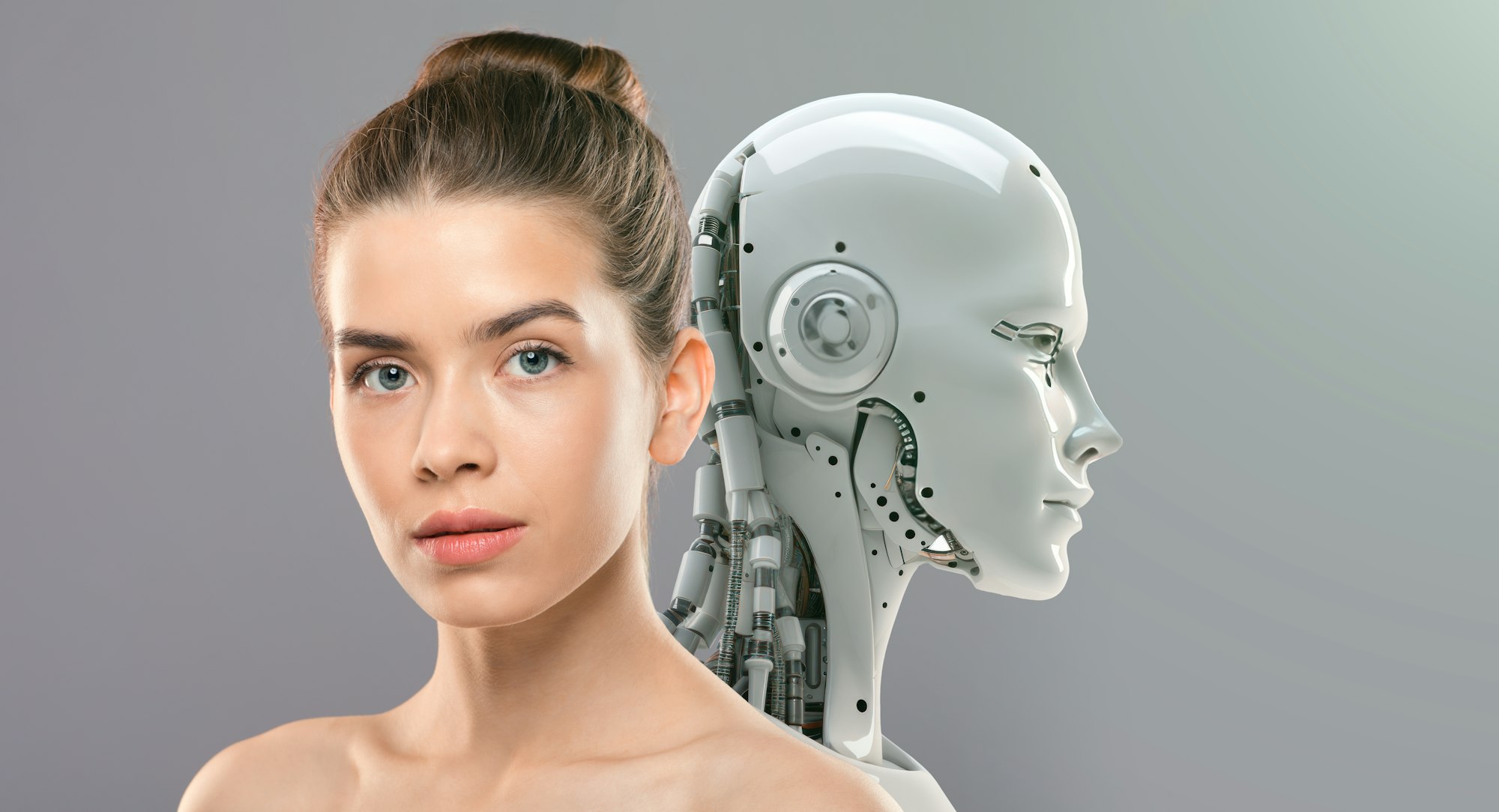What’s New with Robot Skins?
Researchers at Tokyo University have made a cool leap in robot technology by figuring out how to attach living skin to robots’ faces. This new development means humanoid robots could soon look and act more human-like, showing emotions through smiles and other facial expressions. This method uses structures that mimic the way skin is attached in humans, giving these robots a more natural and detailed range of facial movements.

How Does the Skin Get Attached?
The scientists use a special gel that contains collagen, similar to a glue, which helps attach the living skin onto the robot’s face. They came up with a clever design where the robot’s face has V-shaped cuts that let the skin flex and move naturally without breaking. This approach has been working well in initial tests and might soon be used in various robotic applications.
Cool Factor: Self-Healing Skin
One of the most exciting features of this new robot skin is its ability to heal itself, just like human skin. If it gets damaged, the skin can repair itself, solving a big problem previous robot skins had with wear and tear over time. This advancement not only makes the robots more durable but also opens up new possibilities for how they can be used, especially in fields where handling delicate tasks is crucial.
What Can We Do with This?
This tech isn’t just for making more realistic robots. It has a lot of potential in other areas too, like testing beauty products, researching skin treatments, and even in plastic surgery. By using this self-healing skin, scientists can get better at understanding how skin ages and how different treatments affect it, which could lead to new breakthroughs in both medical and cosmetic fields.
What’s Next?
The technology is still being perfected, and there are challenges ahead. The team, led by Professor Shoji Takeuchi, is working on integrating better actuators that act more like human muscles, aiming to achieve even more lifelike expressions. There’s still more work to do before these robot advancements become a common part of our daily lives.
Check out the latest in robotics where living skin not only makes robots look more human but also comes with the ability to heal itself, setting the stage for future innovations in various scientific areas.

FAQ on Living Skin for Humanoid Robots
1. How does the living skin on robots actually work?
Imagine a robot that not only looks human but can also show emotions just like us—smiling, frowning, or looking surprised. This is made possible by the new living skin developed by researchers. It’s attached to the robot’s face using a special gel that mimics how our skin is attached to muscles and bones. This skin isn’t just any material; it’s alive, meaning it can heal itself if it gets damaged, just like a scrape on your knee gets better over time. This makes robots seem less like machines and more like friends you can interact with.
2. Why is this development in robotic skin important?
This breakthrough isn’t just cool for robotics; it has huge implications for other fields too. For example, in the beauty industry, it could revolutionize how products are tested, moving away from animal testing to more ethical and accurate methods using robot models. In medicine, it could help with research into skin diseases or the development of new treatments for burns or scars. This living skin technology helps bridge the gap between artificial and real, opening up countless possibilities for innovation.
3. What challenges are researchers facing with this technology?
While the progress is exciting, the journey isn’t smooth sailing. One major hurdle is making the skin behave exactly like human skin under all conditions, which involves intricate engineering to mimic the flexibility and movement of real muscles. Researchers are also working on how to maintain the health of the skin over long periods, ensuring it remains viable and functional as it would in a real human environment. These challenges need to be addressed before this technology can fully integrate into our everyday lives, but the potential benefits make it a thrilling field to watch.
Sources BBC


